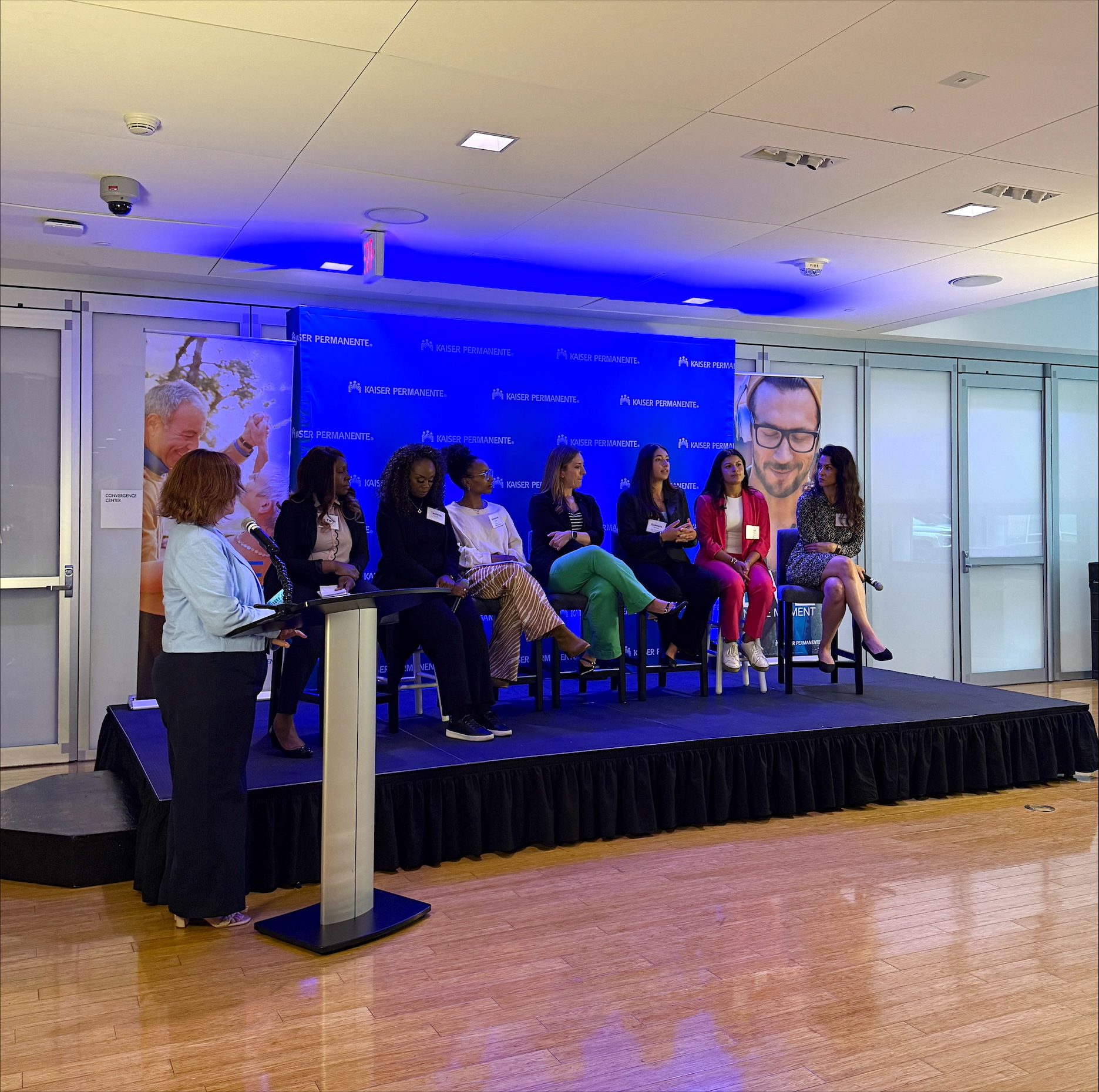In this space we write a lot about good works on school playgrounds, inside classrooms and at school lunch counters – initiatives that help children thrive.
Before any of that work can have an impact, children must get to school, safely. For many school kids, the journey is anything but.
In some communities parents rank automobile traffic the greatest threat to kids’ safety on the way to school. In other communities, add crime and violence to the list of reasons parents won’t let their kids walk or bike to school.
Safe Routes to School National Partnership is a Thriving Schools partner. Its mission is to foster safe walking and bicycling to and from schools. Earlier this year the partnership published a report titled Taking Back the Streets and Sidewalks. The report provides a resource parents, schools and communities can use to reduce the threat of crime and violence and create safer trips to school for their children.
Lead authors Michelle Lieberman and Sara Zimmerman highlight community strategies focused on active transportation and community safety — things such as walking school bus, programs that support cycling, making parks and playgrounds safer, and community-oriented policing practices.
Get on the bus
In San Jose, California, a group of 20 Spanish-speaking parents banded together in response to a fatal stabbing outside Washington Elementary School. They formed Washington Camino Contigo (Washington Walks With You).
Parent volunteers in bright green vests walk with students to and from school each day. Other volunteer parents canvas the neighborhoods surrounding the school to find kids who would otherwise be walking alone to school. The report features a similar program in San Antonio’s East Side neighborhood.
A bike is a gateway
Owning and learning to ride a bicycle doesn’t just give a kid an active means of transportation. It fosters independence, responsibility and fun. In Washington, D.C., the Streetwize Ride Safe Community Program is making sure kids there have the opportunity to “experience the joys of riding and owning a bicycle,” says Streetwize Executive Director Chris Bryant.
The program provides access to resources kids can use to build and repair their own bicycles. But it doesn’t stop there. Streetwize makes sure kids have helmets, understand the rules of the road, know how to keep their bicycles secure, and take pride in owning a bicycle.
Taking back the streets

East Palo Alto, California was once the per-capita murder capital of the U.S. While that’s no longer true, the community continues to struggle with gang violence and crime. The prevalence of violence in parts of the city kept residents, in essence, trapped in their homes. Only one in seven school kids meet federal fitness standards. Average life expectancy is just 61.8 years.
In 2011, police and public health officials got together to try a new response to the health crisis to which crime and violence were contributing. They called their initiative FIT (Fitness Improvement Training) Zones. They set about reclaiming the worst neighborhoods by increasing public presence in parks and playgrounds.
Programs promoting fitness and health, group walks, organized sports and bicycle rides are now scheduled public events. Virtually every day, planned activities bring residents together to displace crime and violence. The result — while shootings are down 30 percent throughout East Palo Alto, the two FIT zones saw drops of 60% and 43%.
Former Police Chief Ronald Davis, now director of a federal agency that promotes community-oriented policing services, said the program shows “the greatest deterrent to crime and violence is not a community saturated with cops, it’s a community alive with residents.”
A range of approaches
The examples cited here are just a few of the strategies communities across the country use to foster safe trips to schools. The report covers several other strategies, including safe havens, safe passages and other communitywide violence and crime prevention strategies.
Visit the Safe Routes to School National Partnership website.




